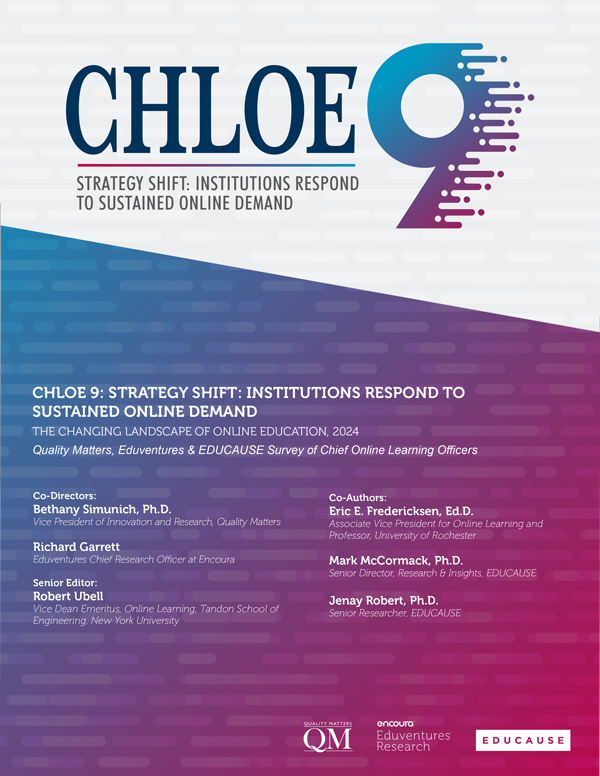A New Problem With Four-Year Degrees: The Surge in College Closures — from wsj.com by Milla Surjadi; article behind a paywall
Universities have buckled under the strain of tuition losses as the number of college-bound students continues to decline
Over 500 private, nonprofit four-year institutions have closed in the last 10 years, according to the State Higher Education Executive Officers Association. That is three times what it was in the decade prior. Rachel Burns, a senior policy analyst at SHEEO, estimates at least 1.25 million students were affected by these closures. (Many more for-profit institutions have closed in this period as well.)
68% of seniors say college has significantly boosted their ability to land well-paying jobs, poll finds — from highereddive.com by Natalie Schwartz
Although the survey suggests students believe higher education has improved their career prospects, they’re still worried about job market competition.
Dive Brief:
- Around two-thirds of incoming college seniors said college has significantly contributed to their ability to land a well–paying job, according to a new survey from job platform Handshake.
- A slightly higher share, 72%, said higher education has appreciably improved their ability to secure a meaningful job. And 85% of surveyed seniors said college significantly helped them understand their own career goals.
- College seniors also indicated that higher education has helped them beyond their career development. According to the survey, 88% said college significantly contributed to their personal growth.
Exploring the Landscape of College Instruction — from sr.ithaka.org by Sage Love and Melissa Blankstein
Highlights from the 2024 US Instructor Survey
We are excited to announce the publication of the 2024 US Instructor Survey. This survey, adapted from our longstanding US Faculty Survey, provides a detailed snapshot of over 5,200 faculty members from different disciplines, institution types, ages, and titles across the US at four-year institutions. This new report offers a comprehensive overview of how college instructors across the country are navigating and shaping the current educational landscape.
Overall, we heard that instructors are increasingly adopting innovative, technology-driven teaching methods, while recognizing the critical role libraries play in supporting student success. The growing use of open educational resources (OERs) reflects a commitment to affordable education, though fewer instructors create their own. Additionally, strong institutional support remains essential for effective teaching, particularly IT and with pedagogical practices. Below we share several key findings:
Will 25 Percent Of Colleges Consolidate? An Update On A Prediction — from forbes.com by Michael Horn
But starting with the 2013-14 academic year, a whopping 726 degree-granting institutions closed through the 2022-23 school year, according to the National Center for Education Statistics. That means in just nine years, 15 percent of the-then 4,724 degree-granting colleges or universities closed.
…
Ultimately, after all, the prediction is a result of business model failure, in which rising expenses outpace revenue, as the students cease to enroll or have the capacity to pay enough.
But non-profit institutions are in their own world of hurt as well. According to Higher Ed Dive, 18 have announced their closure this year so far. But 141 closed between 2013-14 and 2022-23—or roughly 8.4 percent.
Survey: Over Half of Rising Seniors Feel Pessimistic About Starting Their Careers — from insidehighered.com by Ahsley Mowreader
New data from Handshake finds 57 percent of the Class of 2025 have low expectations for their future after graduation, largely tied to a competitive job market, student loan debt and current political climate.
Entering senior year can be a stressful time for college students as they prepare for their next step after graduation. Inside Higher Ed’s 2024 Student Voice survey found 68 percent of fourth-year students (n=703) are at least somewhat stressed when they think about their life postgraduation, with 25 percent feeling “extremely stressed.”
This year’s graduating class is feeling less hopeful than their peers before them, with almost three in five students sharing that they feel pessimistic about their immediate future, according to new data from Handshake.
The results highlight a challenging job market for new graduates, the role of affordability in higher education and how institutions are supporting students as they launch into careers.










